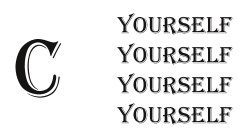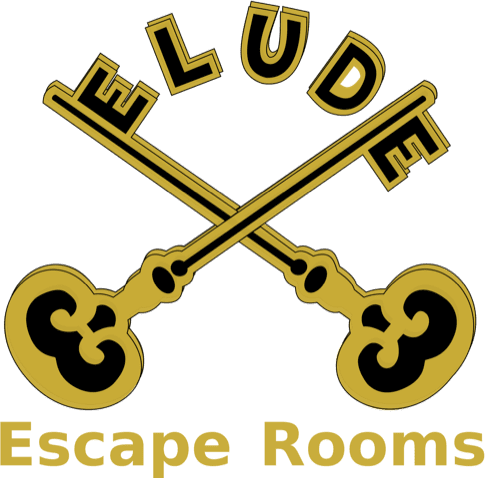
Pictograms, dingbats, old-school emojis: they’ve had a few names – let’s look at Rebus puzzles!

What is a Rebus puzzle?
Originating with heraldry and writers wanting to draw pictures instead of spelling out every word, today a rebus can make a fun little extra in an escape room. We have two main types: pictures for words, and words for words.

These Can Be A NEPAINCK
By strategically arranging letters and words, we can add a little extra step in reading a message. Go from a range of emotion from “I <3 U” to “I H8 U”, or give an instruction to “eiln pu” (line up in alphabetical order). Start messing around with spatial positioning of the words and letters and we can get slightly more complex.

A Picture Says A Thousand Words… Or Maybe Just One
Using a picture instead of a word generally fits in to a larger set of words to describe something that either contains that item, the letters of that item, or when multiple pieces (pictures, letters and/or words) can all combine to make a catchphrase or instruction.* You can even throw in a plus or a minus to cut corners.

More Modern Modifications
Today’s technology has given us an easy format for assembling artwork, all thanks to the device you’re probably reading this on.
How many emojis have you already used today? While we more commonly use them singularly as a reaction, try and convey a whole message just via emojis, like this person with an urgent reason to escape:

Chasing Challenging Changes
It can be a bit tricky here with balancing your puzzle with necessary outside knowledge, so Escape Room designers need to walk a fine line in choosing which pictures and words they include and what message to send. Remember players: try, try again, try something different, get a teammate to try it, then ask for a hint! Think out loud and describe what you are seeing and reading.

-
Some of you may remember Burgo’s Catch Phrase:
(Burgo’s) Catch Phrase Australia – Full Episode (11.4.1997)

